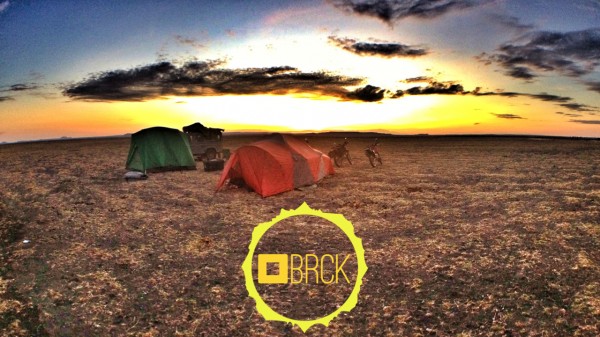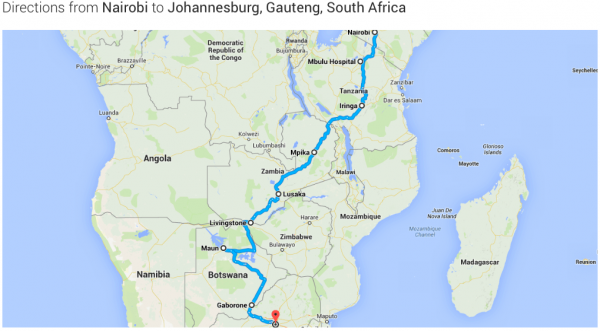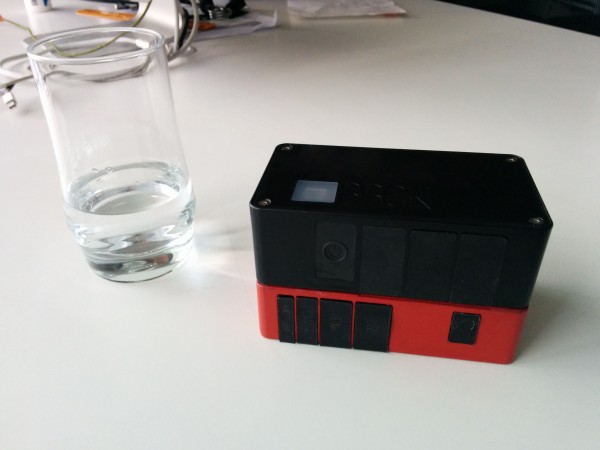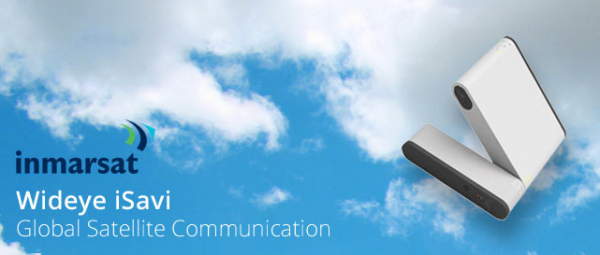Two days from now we begin a BRCK overland expedition to South Africa. Like any of our trips, it is meant to be fun and adventurous, while at the same time giving us the opportunity to stress test our product beyond the norm.

In the vein of our past expeditions to Turkana and the Nile, this one is on the edge. We’re taking 3 motorcycles and a Land Rover from Nairobi to Johannesburg in time for Maker Faire Africa on Dec 3-6.
As usual, we’ll have a couple guests, or “shotgun riders” as we call them:
On the way south: Juliana Rotich (Ushahidi, iHub, BRCK), and Mark Kamau (UX Lab lead at iHub).
On the way north: Aaron Marshall (CEO, founder of Over, Africa’s biggest selling IOS app), as well as Matt Schoenholz (head of the Kitchen Studio at Teague which focuses on prototyping and making).
You can keep up with us:
A Dash South
If you do the math, you’ll realize this is more of a mad dash south in time for the event, covering 4,400km in 9 days. Here’s what the route south looks like, from Kenya through Tanzania, Zambia, Botswana and into South Africa.

Nairobi to South Africa – southern leg
The journey north takes us through Zimbabwe, Mozambique, Malawi, Tanzania and back to Kenya, which we’ll take a little slower.
The People We’ll See & Events We’re At
We do have plans for a day off along the way. We’ll be stopping to visit our friends in the Zambian tech community in Lusaka. The Bongohive has been kind enough to host us, and we’ll be hanging out there, doing BRCK demos for techies and businesses, and I’ll give the keynote that evening for the beginning of Lusaka’s Startup Weekend.
Since I’m a founding organizer for Maker Faire Africa, I’m excited to go back, and this time have a product of our own to show for it. Besides demoing the BRCK and sharing how to build a hardware business in Africa, we’re also going to have some fun hacking on the devices with whoever is around and wants to play with them. We’ll have a couple of our engineers on hand as well.
Gearbox, our new prototyping and making initiative in Kenya, is a supporter of this year’s MFA too, so I’ll be able to speak to that and will have one of the Gearbox team with us at the event.
On the way back North we’re stopping in Harare, Zimbabwe to meet up with the tech community there. We’ll largely spend our time around the Hypercube, though plans are underway to get together with members of multiple tech spaces.
Testing BRCKs and Electronics
There are a couple new things we’re testing on this trip, three of which I’m extremely excited about:
- BRCKpi – this is our RaspberryPi + BRCK device – it’s an add-on to the BRCK (we call those MRTR, as in “bricks and mortar”). We launched it last month with Mozilla in London, and are targeting it primarily at schools and clinics in Africa. However, we know there are a lot of other use cases for it, and one of those will be as a media server for our images and video on this trip.
- Satcoms – we’ve been thinking a lot about how we can extend the BRCK beyond the edges of the network, so that it’s the one internet device that’s smart enough to pick the right connectivity type depending on what it can sniff around it. To that end, we’ve been having great conversations with Inmarsat and we’re testing out their newest product, the iSavi (not even on the market yet, first one in Africa). Internet speeds are comparable to cellular networks at up to 384 Kbps down, and 240 Kbps up. It’s much smaller and more portable than a BGAN, so we’re excited to pair it up with the BRCK, stress test it and see how it goes off-grid.
- Antennas – We’ve tested some of Poynting’s antennas before, and they’re some of the best we’ve ever found. This time around we’re testing their mobile units, paired with amplifiers which we built into the vehicle, in order to see if we can create quick, deployable units at the edge of the grid. Of course, Poynting is a South African company too, and as one of our partners, we’re going looking forward to seeing them in-person for the first time in Johannesburg.

When you add a RaspberryPi, a hard drive and another 8 hours of battery to a BRCK, you get a BRCKpi Microserver

